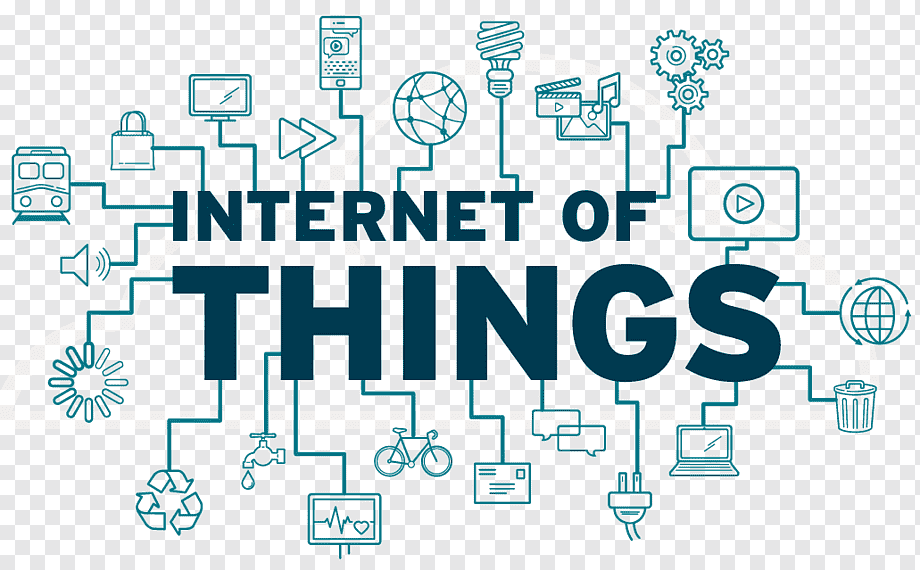
The Internet of Things (IoT) Certified Course is a comprehensive, hands-on program designed to equip learners with the technical expertise and practical skills required to design, develop, and manage IoT systems. The course covers the complete IoT ecosystem — from sensors and embedded systems to data communication, cloud integration, and data analytics. With a focus on real-world applications across industries such as smart homes, healthcare, agriculture, and manufacturing, this course empowers students and professionals to become IoT innovators and problem-solvers.
Module 1: Introduction to IoT What is IoT? Evolution and applications IoT ecosystem and architecture IoT communication models & protocols Market trends and use cases.
Module 2: Sensors, Actuators, and Devices Overview of sensors and actuators Types and characteristics (temperature, motion, light, etc.) Interfacing sensors with microcontrollers Signal conditioning basics.
Module 3: Microcontrollers and Embedded Systems Introduction to Arduino and ESP8266/ESP32 Microcontroller pin configuration Programming using Arduino IDE Hands-on: Basic sensor-LED interaction.
Module 4: Communication Protocols Wireless protocols: Wi-Fi, Bluetooth, ZigBee, Lora IoT communication protocols: MQTT, Copal, HTTP Setting up a local MQTT broker (Mosquito) Real-time data transmission between devices.
Module 5: IoT Programming & Data Handling Embedded C and Python basics Serial communication and data parsing Introduction to JSON, REST APIs Hands-on: Reading and sending data to the cloud.
Module 6: Cloud Integration Introduction to cloud platforms (Thing Speak, Firebase, AWS IoT, Azure IoT) Device-to-cloud communication Real-time database and remote control Hands-on: Cloud dashboard and alerts.
Module 7: IoT Project with Raspberry Pi Introduction to Raspberry Pi (Linux basics) GPIO control with Python Camera and media integration Hands-on: Building a smart camera or weather station.
Module 8: IoT Security and Privacy Challenges in securing IoT devices Encryption techniques: AES, RSA Authentication & access control Best practices in IoT system design.
Module 9: Data Visualization & Analytics Collecting and visualizing sensor data Using Node-RED and Graafian for dashboards Alert systems with IFTTT Basic data analytics for IoT applications.
Module 10: Capstone Project & Deployment End-to-end IoT project development Hardware + cloud + dashboard integration Final project demo and evaluation Deployment and future scope.
Mobile: 9100348679
Email: coursedivine@gmail.com

You cannot copy content of this page